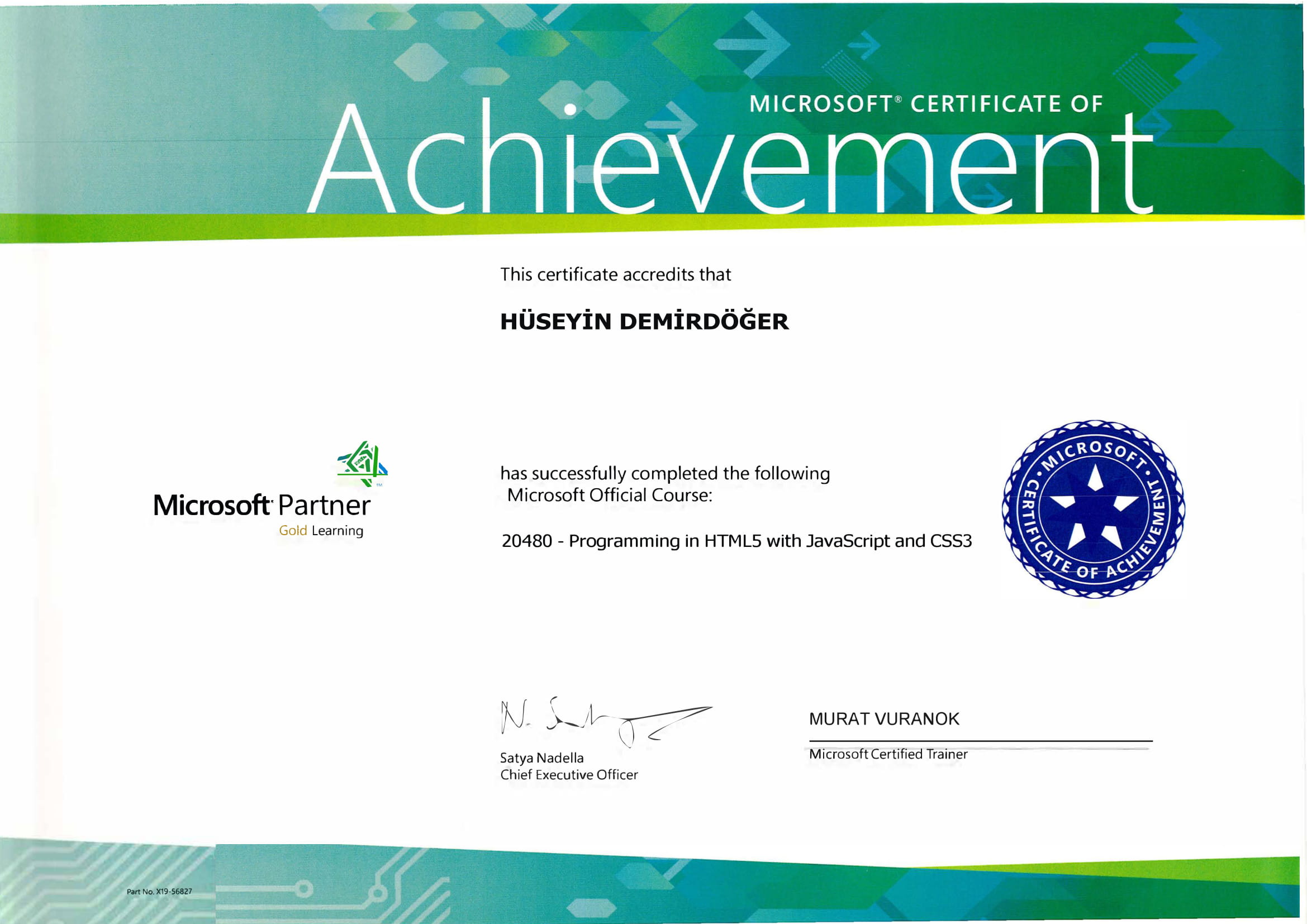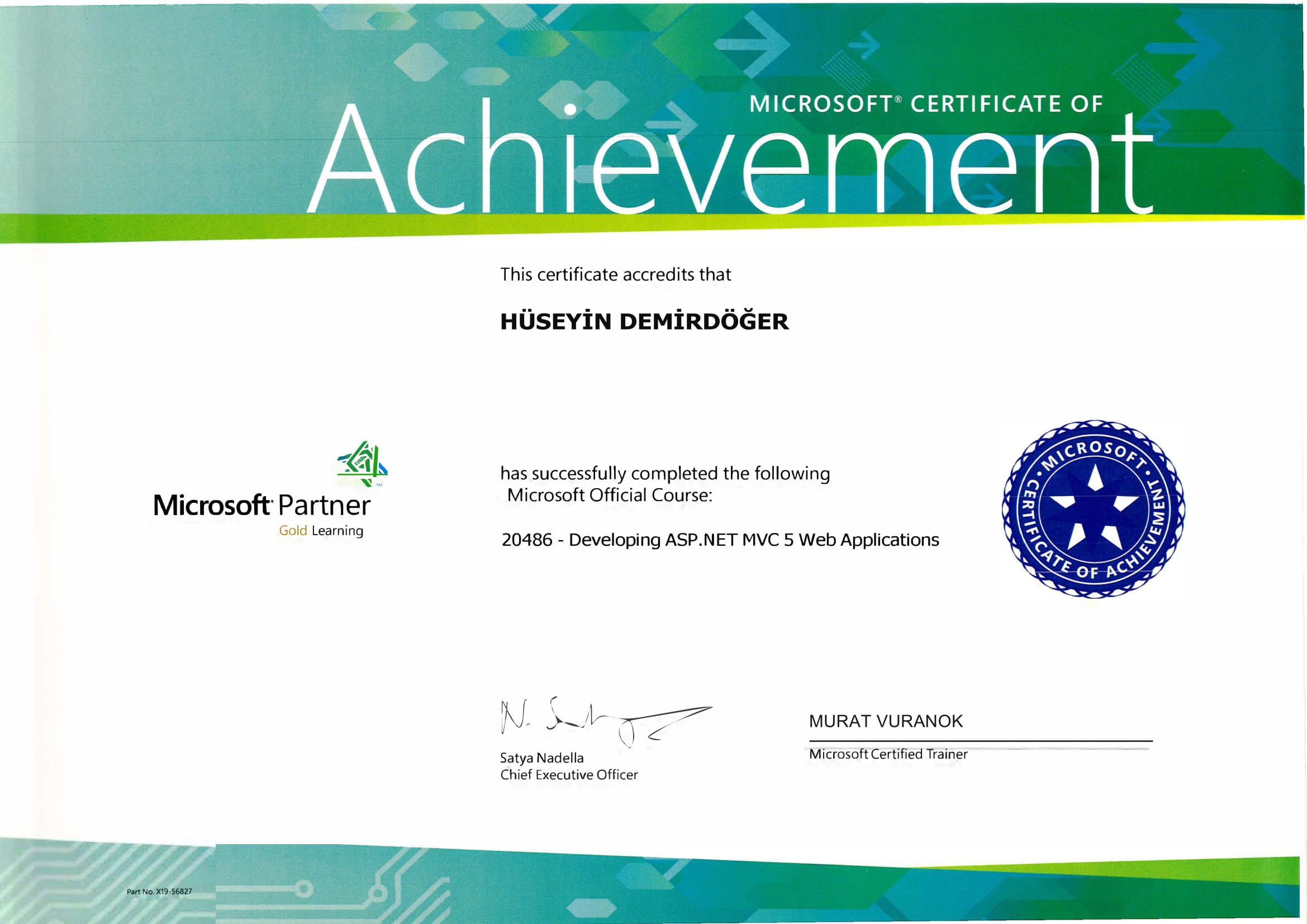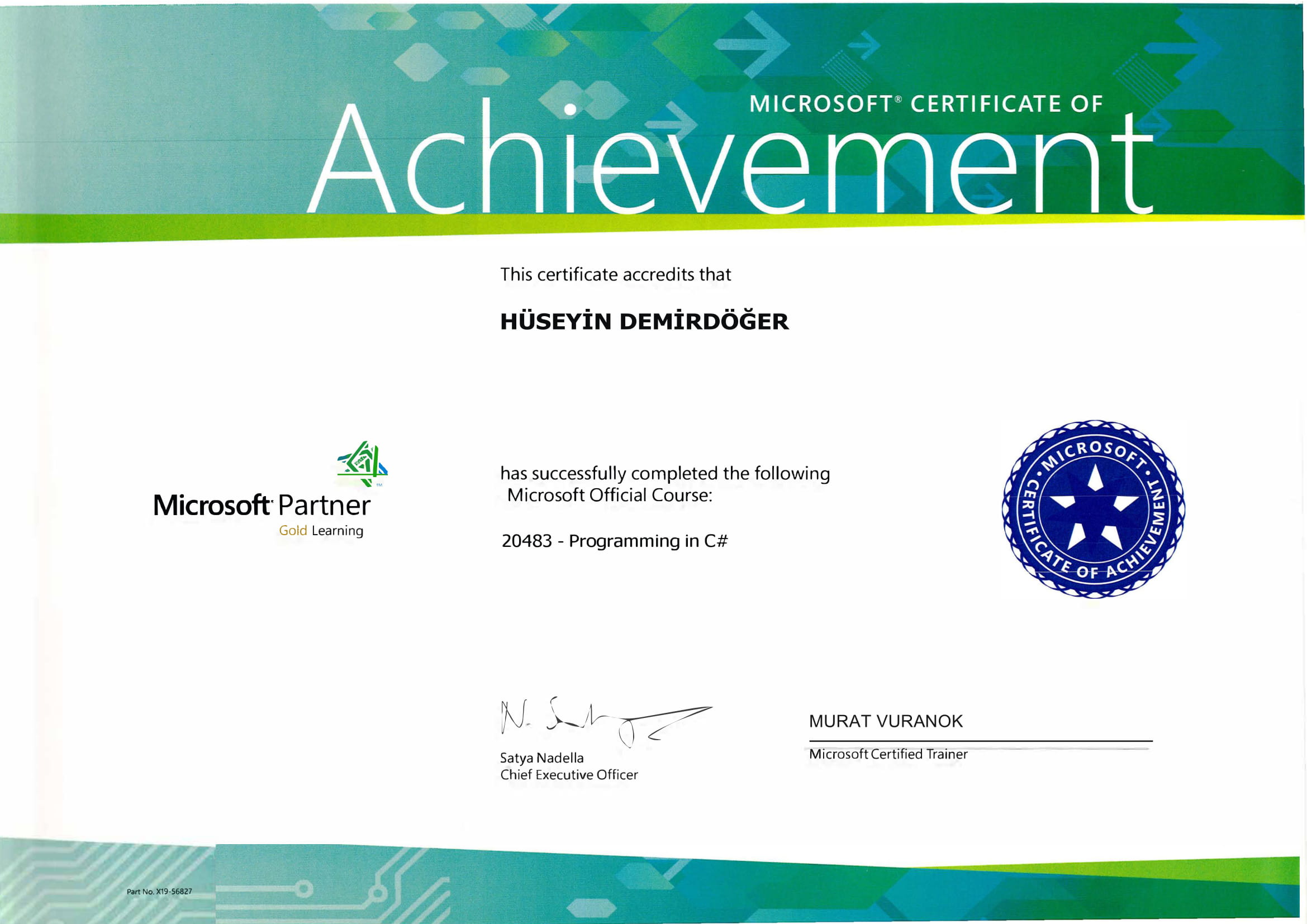Encountering the Windows error code 0x8007045D can be quite a headache, especially when you're in the middle of transferring important files or trying to access data from a USB drive. This error often indicates issues with read/write activities, and understanding its core can help you swiftly navigate your way back to smooth operations. So, what causes this error, and how can you effectively resolve it?
Understanding Error Code 0x8007045D
This error typically surfaces when your system encounters a hardware issue or a corrupt file during read/write operations. Whether you're copying files from a USB stick, an external hard drive, or even conducting file operations on your internal storage, any hiccup in this process can trigger error code 0x8007045D. Behind these failures, there might be several factors at play like file corruption, bad sectors on the drive, or even system misconfigurations.
Common Causes
- Corrupt Files: If the files you're trying to transfer are corrupted, your system will struggle to read them, leading to the error.
- Bad Sectors on Hard Drives: Drives with physical damage or errors in specific areas can hinder the operation.
- System Conflicts: Conflicting drivers or software might also be the culprit.
Step-by-Step Solutions to Fix Error 0x8007045D
1. Check the Connection
Firstly, ensure that you're using a reliable connection between your devices. Reinsert or switch the USB cable or port, as a faulty connection is an often-overlooked cause.
2. Run Check Disk Utility
The Windows Check Disk utility can help detect and repair errors on the drive:
- Open Command Prompt as an administrator.
- Type
chkdsk X: /f /r(replace 'X' with the drive letter in question) and press Enter.
Running this utility checks for file system errors and repairs bad sectors that might be causing troubles.
3. Use Disk Cleanup for Temporary Files
Accumulated temporary files can also lead to errors. Run Disk Cleanup to clear out unnecessary files:
- Search for "Disk Cleanup" in the start menu.
- Select the drive you wish to clean, and choose the file types you wish to delete.
Disk Cleanup not only frees up space but also removes files that could be causing the error.
4. Check for System Updates
Sometimes, outdated systems might encounter hiccups that newer updates can fix:
- Go to Settings > Update & Security > Windows Update and click on “Check for updates.”
For more assistance, you might want to explore solutions for Windows error code 0x8024a105 which also highlights update issues.
5. Inspect the Drive for Virus and Malware
A virus or malware could also be affecting the file transfer operations. Use a reliable antivirus tool to scan the drive. Regularly keeping your system free from malware can prevent unexpected errors.
Human Touch
I had a similar experience once when I was transferring photos from my camera's SD card to my laptop. Just imagine, I was halfway through when suddenly, bam! The error appeared. It turned out to be a corrupted photo file. Fixing it was as simple as skipping the problematic file, but sometimes the solution may not be immediately visible.
Conclusion
These steps should guide you in fixing the 0x8007045D error, allowing seamless file operations. As you troubleshoot, remember that keeping your system and files in check with regular maintenance can help avoid these issues. By ensuring everything is up-to-date and fully functional, you’ll be better equipped to address any future glitches.
For further reading, you might find Windows error code 0x80070005 relevant, especially if you face permission-related troubles. Have you experienced similar issues before? What worked for you?
For additional context, refer to external resources like Microsoft's official support page for comprehensive troubleshooting.


















